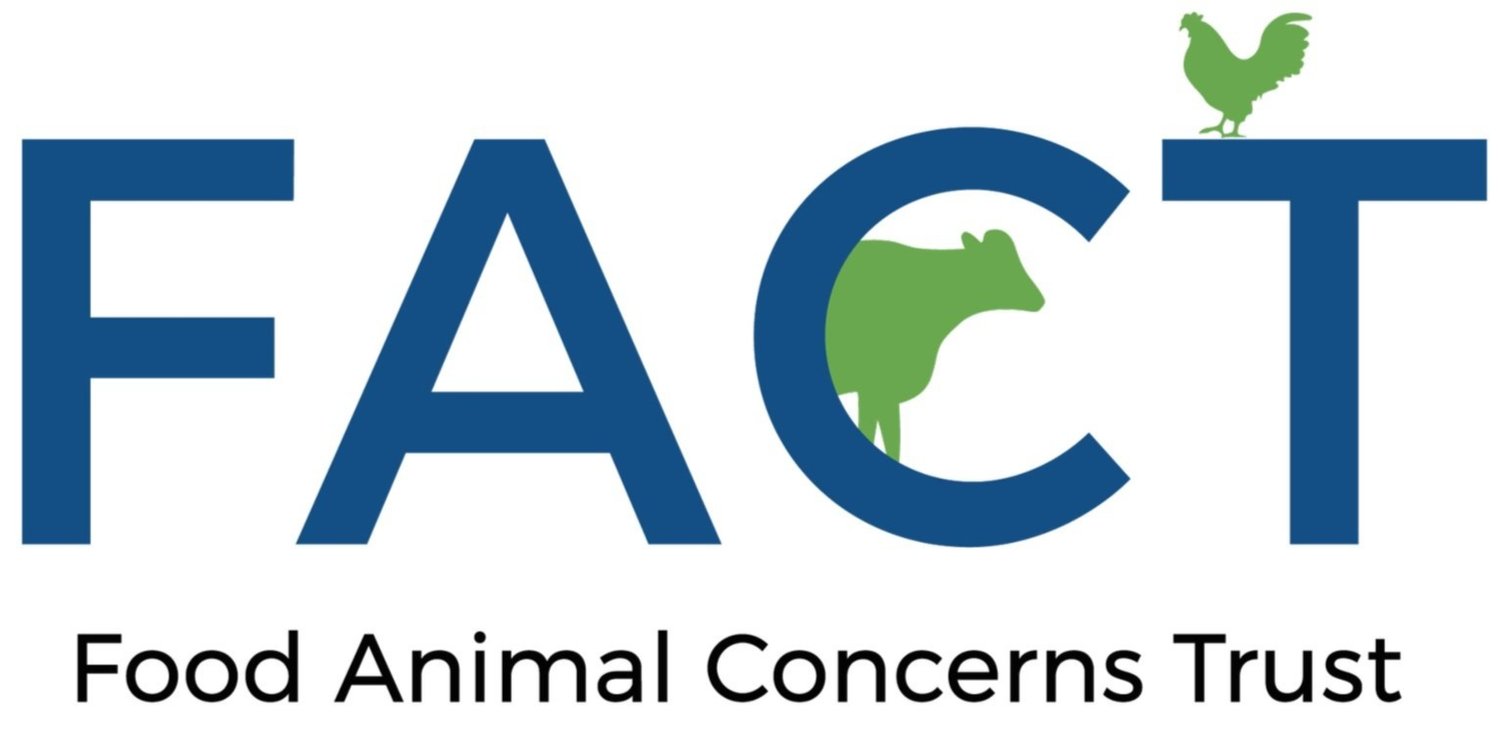Despite FDA Prohibition, U.S. Swine Producers Continue Using Medically Important Antibiotics for Growth Years Later.
By Steve Roach, Safe and Healthy Food Program Director
The U.S. Department of Agriculture (USDA) recently shared data from surveys of large swine operations that include some troubling results when it comes to antibiotics fed to pigs. Most disturbing is that pig operations report feeding medically important antibiotics to pigs to make them grow faster, despite the Food and Drug Administration (FDA) supposedly prohibiting this practice in 2017 in an effort to combat the spread of superbugs. The data also shows that large pig-raising operations preferentially choose to use feed drugs that do not require a prescription, including high levels of the cancer-causing pig drug carbadox and another drug, tiamulin.
The USDA does periodic surveys of livestock operations to collect data on animal health and health practices such as the use of antibiotics. In 2021, they surveyed large pig operations (more than 1000 pigs at a time). This was the first survey taken after the FDA in 2017 completed a plan that prohibited the use of medically important antibiotics for growth promotion. Medically important antibiotics are the same as or related to drugs used to treat diseases in humans. The FDA’s efforts focused on medically important antibiotics because the use of these in food animals is more likely to create dangerous superbugs that cause difficult to treat illness in people. Growth promotion refers to feeding antibiotics to animals to make them grow faster or put on weight with less feed. So, under current FDA rules, medically important antibiotics should not be used to promote growth.
Despite this, large pig operations in the 2021 survey reported using chlortetracycline, sulfamethazine, neomycin, oxytetracycline, and tylosin for growth promotion. All of these are medically important so should not be used for this purpose and if they are used this way they undermine the FDA’s efforts to combat antibiotic resistance.
How and why is this happening?
For chlortetracycline and sulfamethazine, the FDA allows use for “maintenance of growth” in the presence of atrophic rhinitis, so that accounts for part of the use. Chlortetracycline can be fed along with bacitracin zinc which can be used for growth promotion so pig operations may consider the combination to be primarily used for growth. Similarly, tylosin can be fed for disease control in combination with a non-antibiotic growth promoter ractopamine, so pig operations may have reported the combination as being for growth despite ractopamine not being mentioned in the survey. For neomycin and oxytetracycline, I could find not an explanation for how it could legally be used for growth. This report clearly illustrates the blurring that FACT and our allies in Keep Antibiotics Working predicted would happen when the FDA prohibited the use of antibiotics for growth but allowed it for the continued mass medication for disease prevention. The result is that despite a drop in use in 2017 when the growth ban was implemented, sales are much higher than in countries where use is better controlled with use in swine being the highest of all food animal species.
The report also shows that almost all (97.8) nursery pigs received antibiotics in feed even though 23% of operations do not feed any antibiotics to pigs. This indicates that the largest operations where most pigs are raised feed more antibiotics. Nursery pigs are young pigs that have been recently weaned from their mothers and because they are weaned too early on industrial pig farms they often get sick.
Carbadox a known carcinogen for which the FDA is taking active steps to ban was given to almost 70% of conventional nursery pigs. Carbadox because it is not medically important (it is too dangerous to use in people) does not require an order from a veterinarian making it easier to use. Another drug that is related to drugs used in humans, tiamulin, is given to at least 23% of nursery pigs and potentially a lot more. A human drug related to tiamulin was approved in 2007 after the FDA had determined which drugs are medically important, so it is not considered medically important by the FDA and therefore does not require a prescription. After over twenty years, the FDA has proposed to update the list of medically important antibiotics and include tiamulin. Once the list is finalized, the maker of tiamulin will likely no longer be allowed to market the drug for use without a veterinarian’s order. For both carbadox and tiamulin, the lack of a requirement for a veterinarian’s order as they are not considered medically important likely contributes to the overuse of these drugs despite the human health risks.
We as a country need better data on how and why antibiotics are being used in the huge animal feeding operations where the majority of food animals are raised. We also need much better controls to make sure that the use is appropriate, and more importantly, we need to raise animals under healthier conditions to make sure animals do not get sick in the first place. For pigs, a good starting point would be to wean at a later date and move away from the giant facilities that raise tens of thousands of animals at a time.

